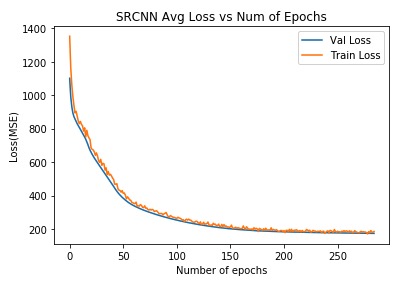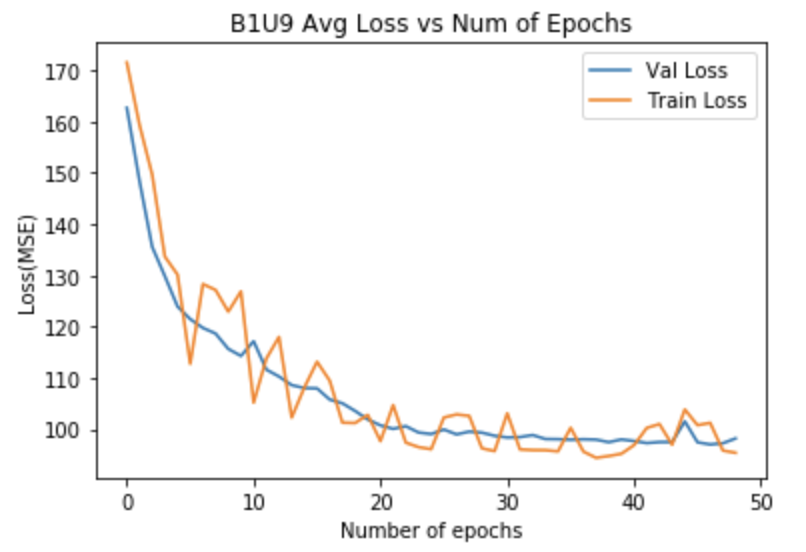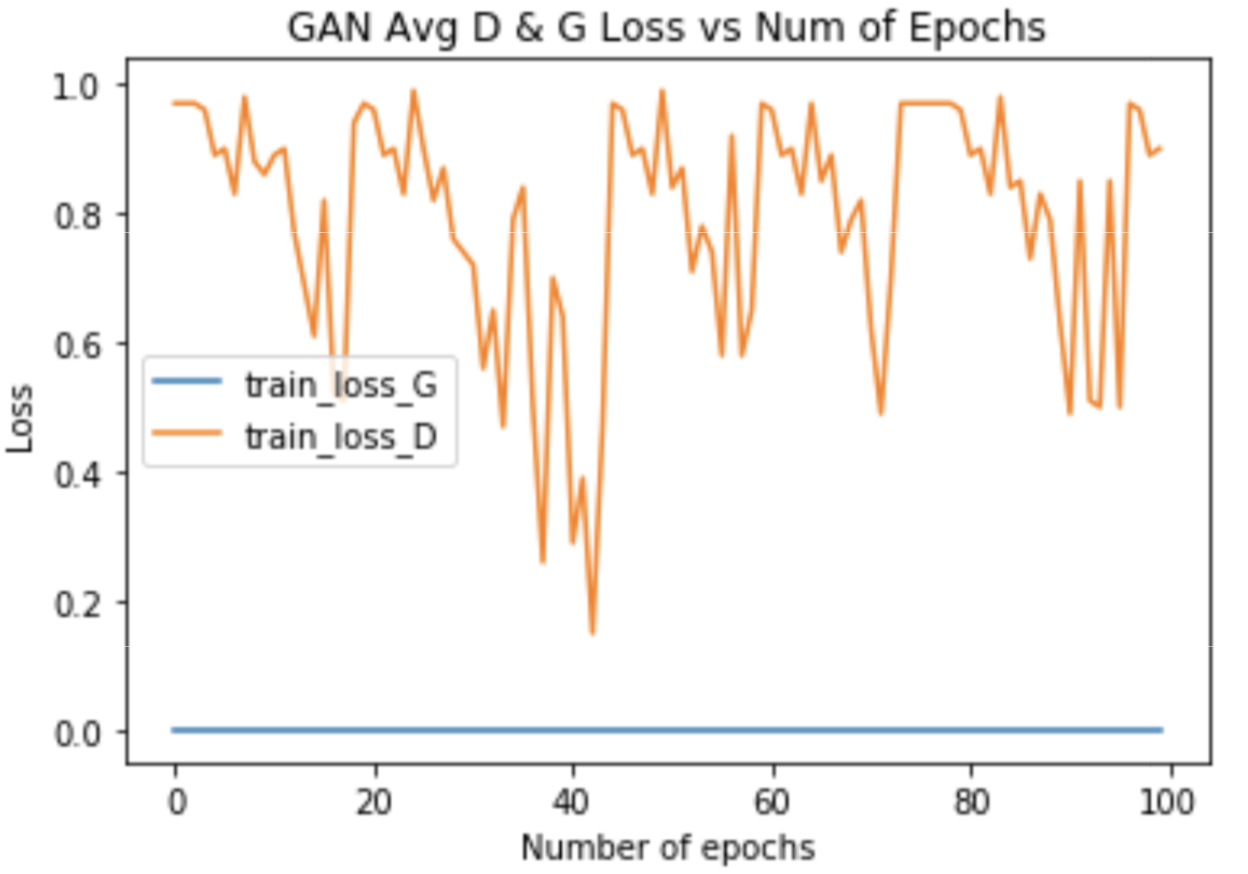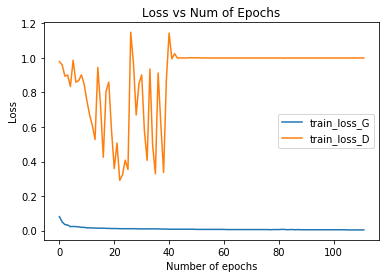This is the code for our cs231n project.
Super Resolution with CNNs and GANs,
Yiyang Li,
Yilun Xu,
Ji Yu
We investigated the problem of image super-resolution (SR), where we want to reconstruct high-resolution images from low-resolution images. We presented a residual learning framework to ease the training of the substantially deep network. Specifically, we reformulated the structure of the deep-recursive neural network to improve its performance. To further improve image qualities, we built a super-resolution generative adversarial network (SRGAN) framework, where we proposed several loss functions based on perceptual loss, i.e. SSIM loss and/ or total variation (TV) loss, to enhance the structural integrity of generative images. Moreover, a condition is injected to resolve the problem of partial information loss associated with GANs.
The results show that our methods and trails can achieve equivalent performance on most of the benchmarks compared with the previous state-of-art methods, and out-perform them in terms of the structural similarity. Here are a few example outputs:
If you find this code useful in your project, please star this repository and cite:
@inproceedings{densecap,
title={Super Resolution with CNNs and GANs},
author={Yiyang, Li and Yilun, Xu and Ji, Yu},
year=2018,
}
This project was implemented in PyTorch 0.4 and Python3
- Build datasets: First, you need to download the dataset. We use CelebA as our dataset. e.g for cnn_based model, we set input size 144×144 and output size 144×144; For gan model, we set input size 36×36 and output size 144×144
python build_dataset.py --data_dir ../img_align_celeba_test --output_dir ../data/cnn_faces --input_size 144 --output_size 144
- Train your experiment
for cnn-based models, e.g SRCNN:
python train_cnn.py --data_dir ../data/cnn_faces --model_dir experiments/srcnn_model --model srcnn --cuda cuda0 --optim adam
for gan models, e.g SRGAN:
python train_gan.py --data_dir ../data/gan_faces --model_dir experiments/gan_model --model gan --cuda cuda0 --optim adam
If you want to train the model from last time, add this:
--restore_file "best"
- Perform hyperparameters search e.g srcnn from cnn_based model
python search_hyperparams.py --data_dir ../data/cnn_faces --parent_dir experiments/learning_rate --model srcnn --model_type cnn
- Display the results of the hyperparameters search in a nice format
python synthesize_results.py --parent_dir experiments/learning_rate
- Evaluation on the test set
for cnn-based models, e.g SRCNN:
python evaluate_cnn.py --data_dir ../data/cnn_faces --model_dir experiments/srcnn_model --model srcnn --cuda cuda0
for gan models, e.g SRGAN:
python evaluate_gan.py --data_dir ../data/gan_faces --model_dir experiments/gan_model --model gan --cuda cuda0
- SRCNN
- DRRN
- SRGAN
- CGAN
The following Pytorch models were trained on CelebA dataset:
- SRCNN(best.pth.tar)
- DRRN(best.pth.tar)
- SRGAN(best.pth.tar)
- CGAN(best.pth.tar)
[1] CS230 Stanford, https://github.com/cs230-stanford/, cs230-code-examples, 2018.
[2] tyshiwo, Drrn CVPR17, https://github.com/tyshiwo/DRRN_CVPR17, 2017.
[3] leftthomas, Srgan, https://github.com/leftthomas/SRGAN, 2017.
[4] znxlwm, pytorch-generative-modelcollections, https://github.com/znxlwm/pytorch-generative-model-collections, 2017.




